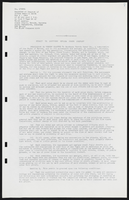Search the Special Collections and Archives Portal
Search Results
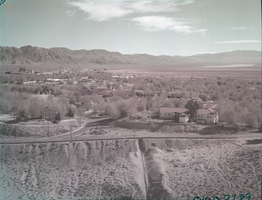
Film transparency of Boulder City, Nevada, circa 1931-1936
Date
1931 to 1936
Archival Collection
Description
An image showing an aerial view of Boulder City. Varying components of the city, such as small shrubs and buildings, stand out against the rocky plains of the desert.
Image
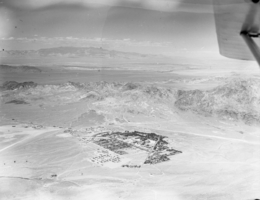
Film transparency of Boulder City, Nevada, circa 1931-1940
Date
1931 to 1940
Archival Collection
Description
An aerial view of Boulder City.
Image
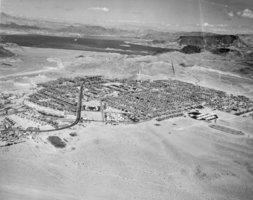
Film transparency of Boulder City, Nevada, circa 1931-1940
Date
1931 to 1940
Archival Collection
Description
An aerial view of Boulder City.
Image
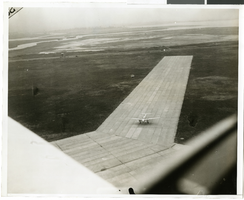
Photograph of the landing of Howard Hughes' Lockheed 14 aircraft, New York, July 14, 1938
Date
1938-07-14
Archival Collection
Description
The black and white, aerial view of Howard Hughes' Lockheed 14 aircraft performing its final landing on the Round the World flight at Floyd Bennett Airport, New York.
Image
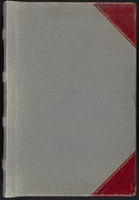
Las Vegas City Commission Minutes, August 11, 1942 to December 30, 1946
Date
1942-08-11 to 1946-12-30
Archival Collection
Description
Bound volume of Las Vegas City Commission Minutes, August 11, 1942 to December 30, 1946
Text
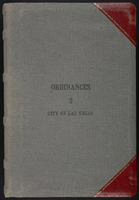
Las Vegas City Ordinances, March 31, 1933 to October 25, 1950
Date
1933-03-31 to 1950-10-25
Archival Collection
Description
Bound volume of Las Vegas City Ordinances, March 31, 1933 to October 25, 1950
Text
Slide images of Harrah's Reno, Harrah's Lake Tahoe, and Harrah's Marina in Atlantic City, New Jersey, undated
Level of Description
File
Archival Collection
Harrah’s Entertainment Corporate Archives
To request this item in person:
Collection Number: MS-00460
Collection Name: Harrah’s Entertainment Corporate Archives
Box/Folder: Box 046
Collection Name: Harrah’s Entertainment Corporate Archives
Box/Folder: Box 046
Archival Component
State of New Jersey Casino Control Commission, "Economic Impact Report, Atlantic City Gaming Industry", 2007
Level of Description
File
Archival Collection
Gary W. Royer Collection on Gaming
To request this item in person:
Collection Number: MS-00658
Collection Name: Gary W. Royer Collection on Gaming
Box/Folder: Box 138
Collection Name: Gary W. Royer Collection on Gaming
Box/Folder: Box 138
Archival Component
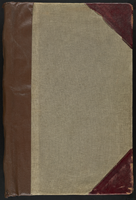
Las Vegas City Ordinances, July 18, 1911 to March 31, 1933
Date
1911-07-18 to 1933-03-31
Archival Collection
Description
Bound volume of Las Vegas City Ordinances, July 18, 1911 to March 31, 1933
Text
Pagination
Refine my results
Content Type
Creator or Contributor
Subject
Archival Collection
Digital Project
Resource Type
Year
Material Type
Place
Language
Records Classification

